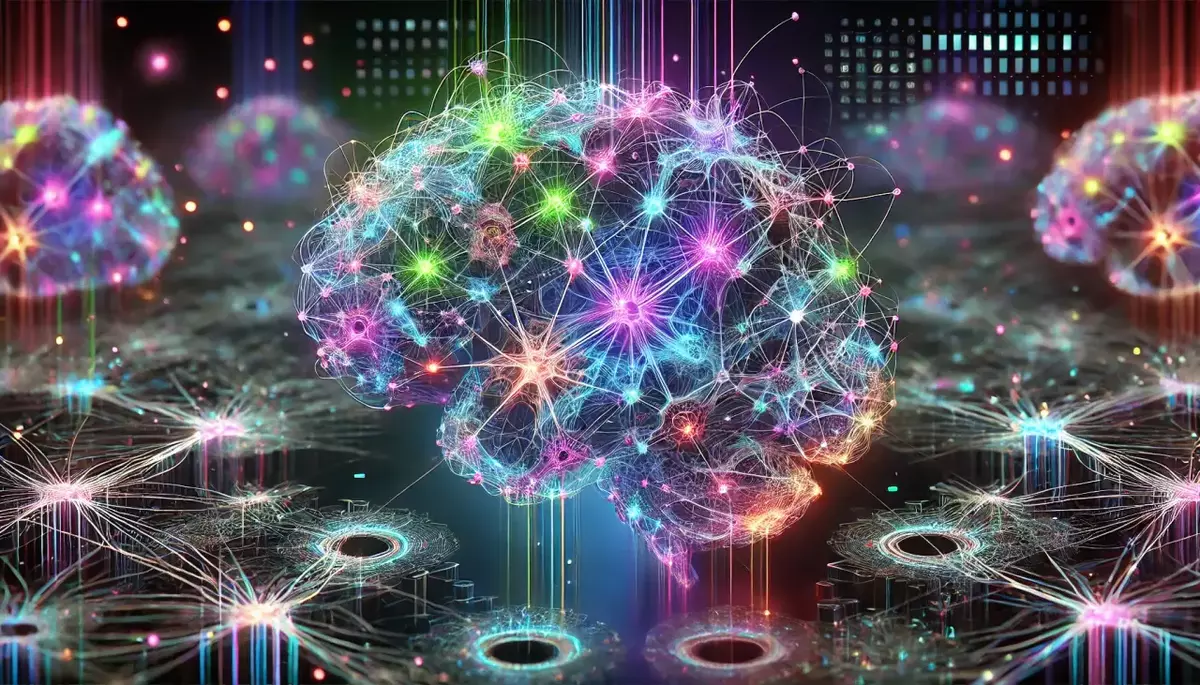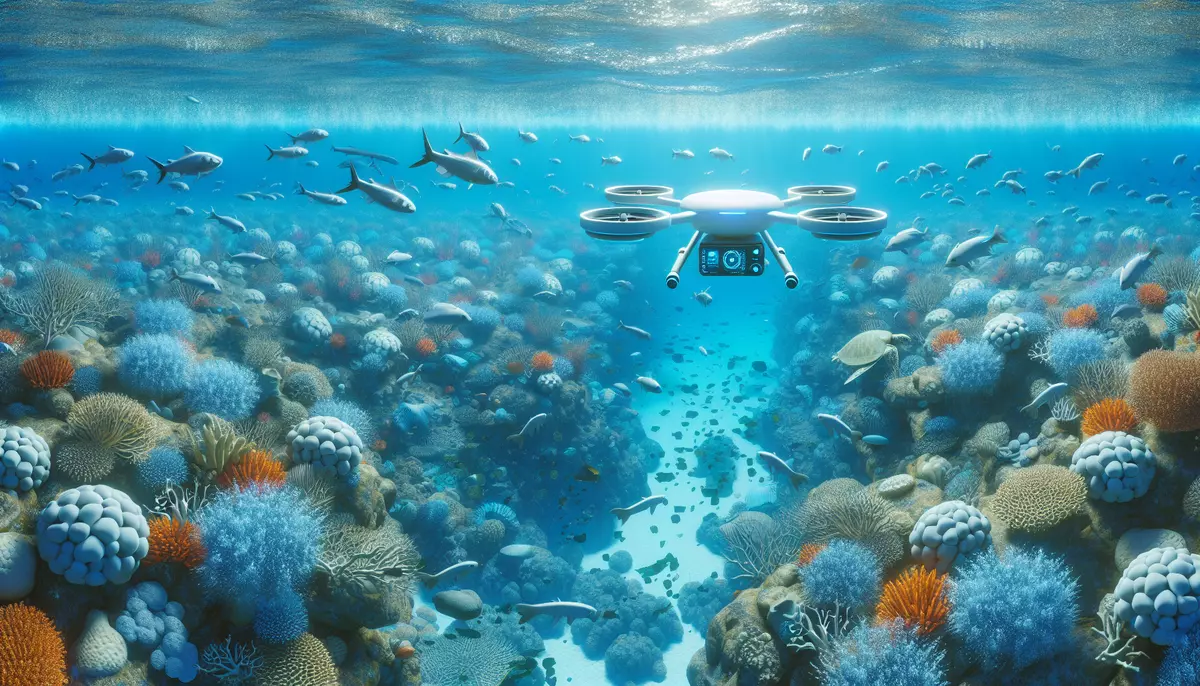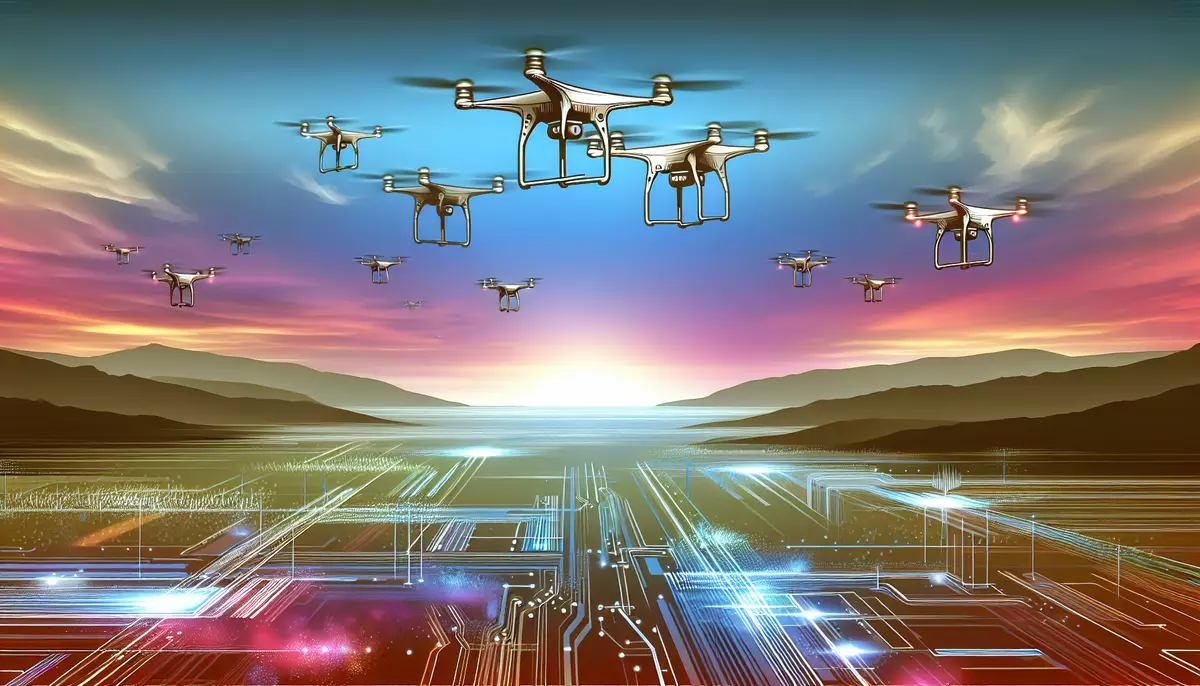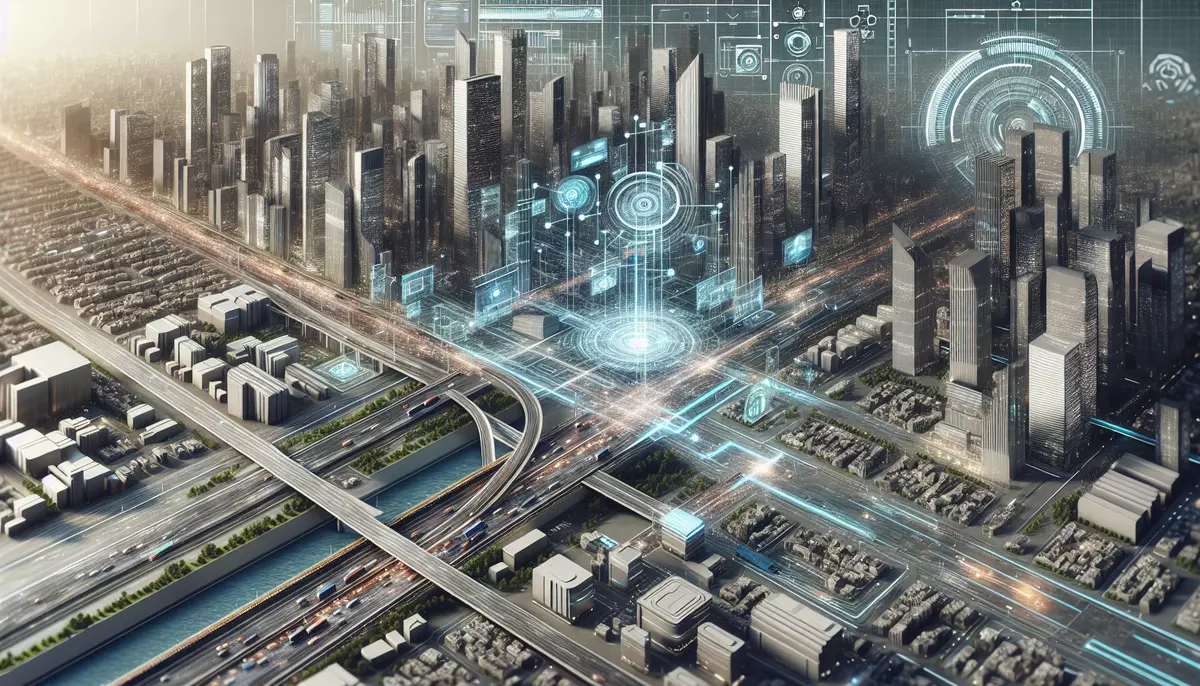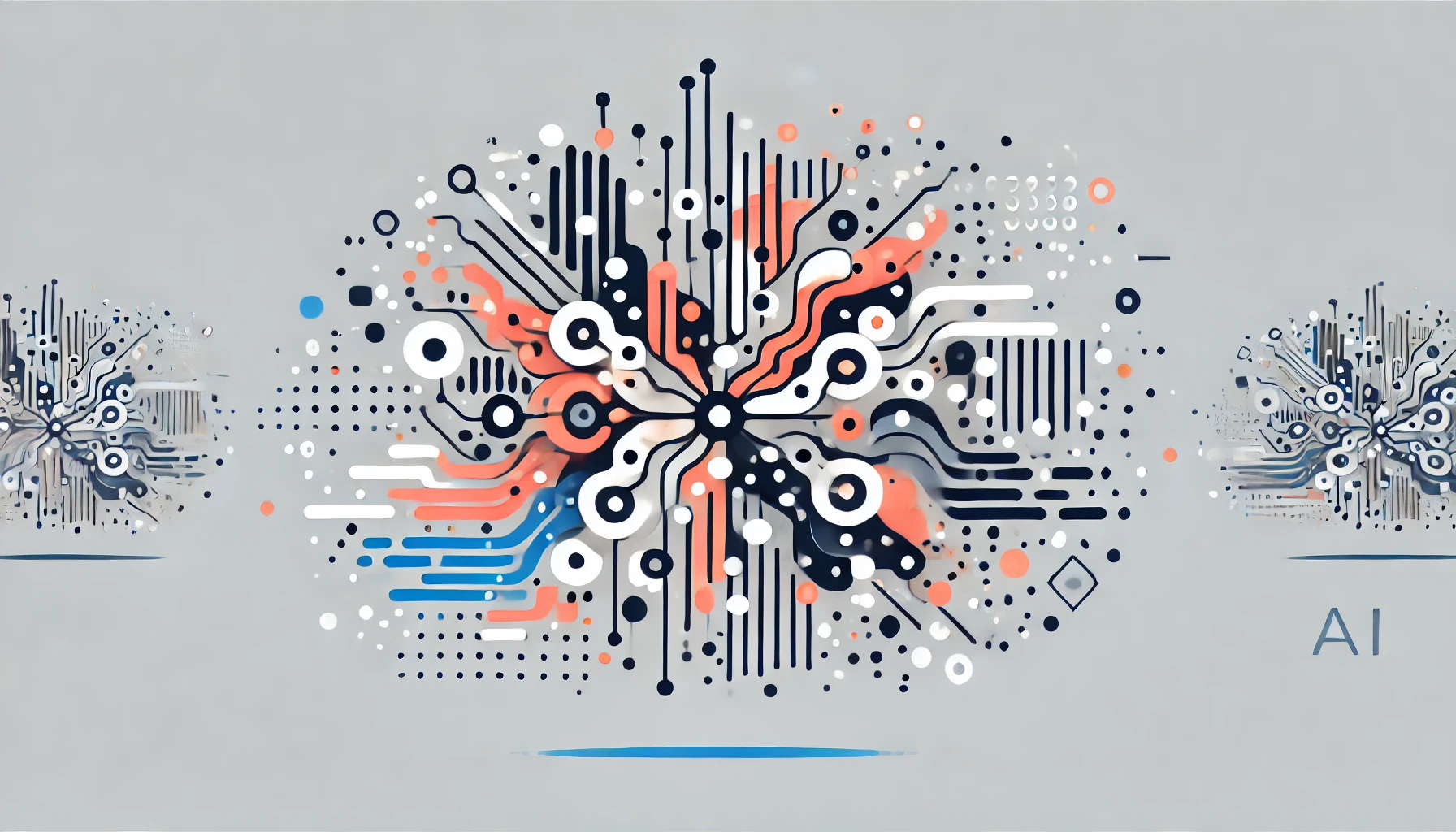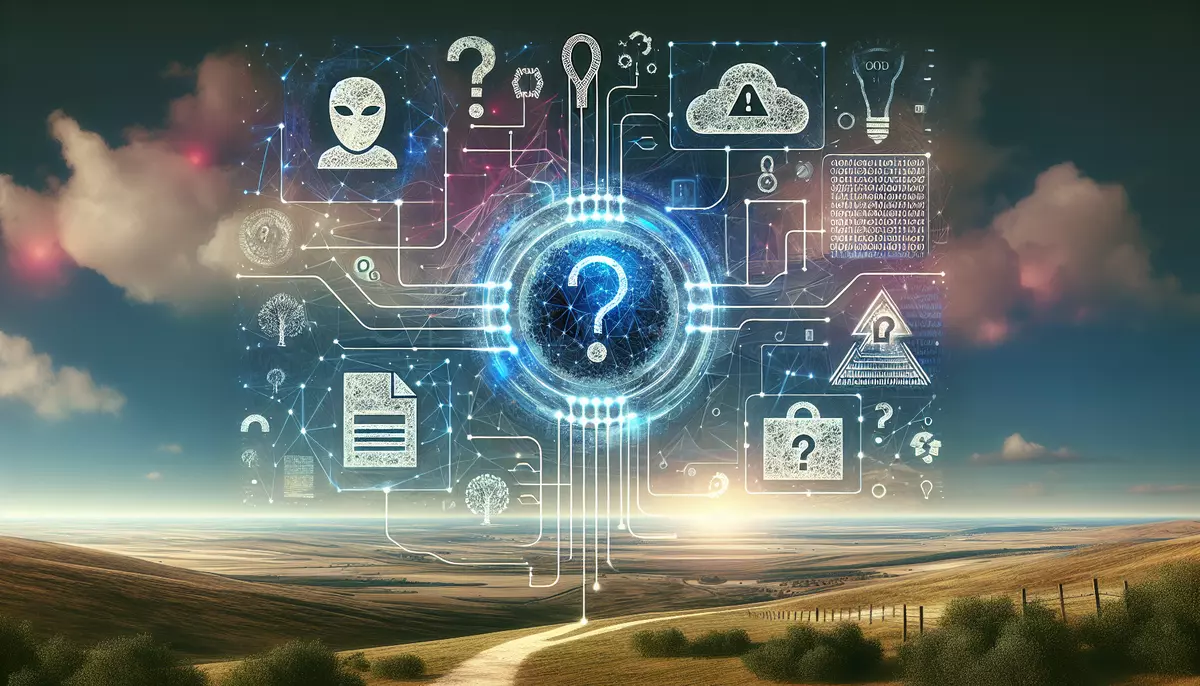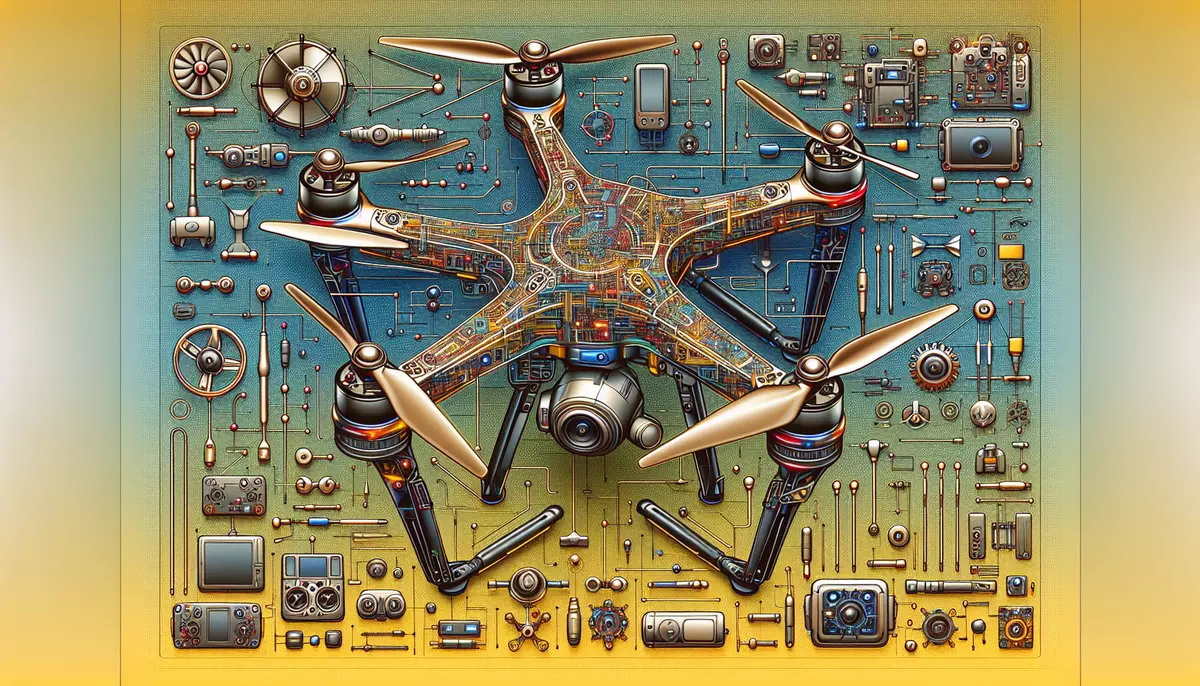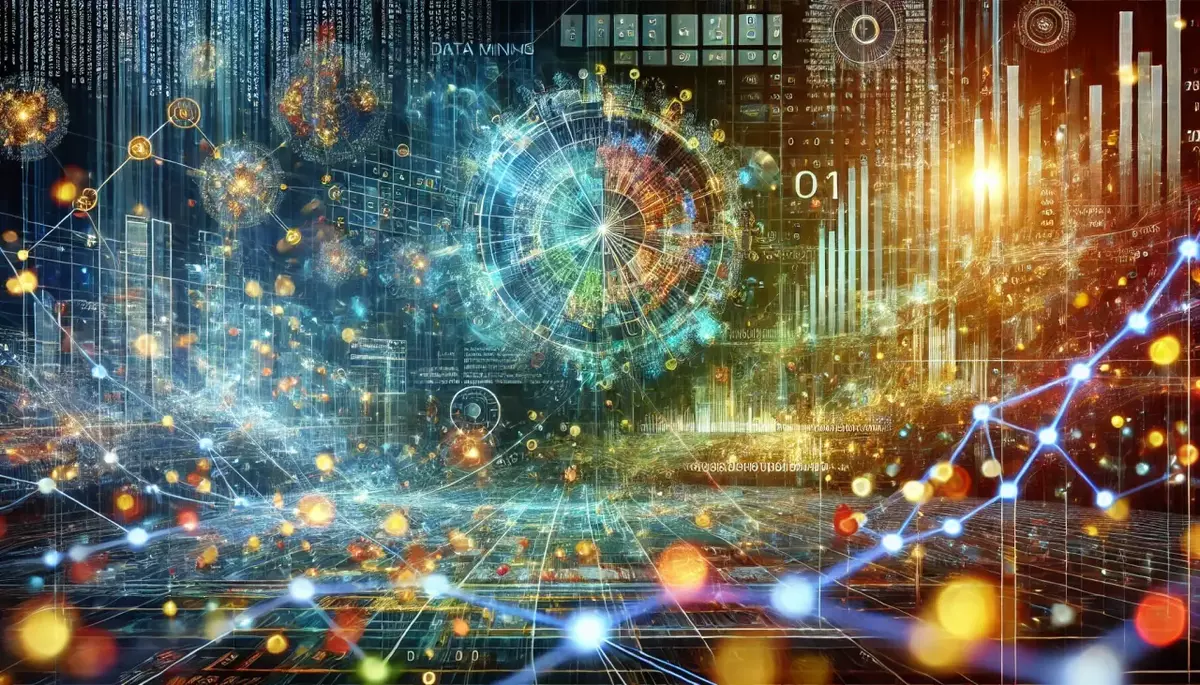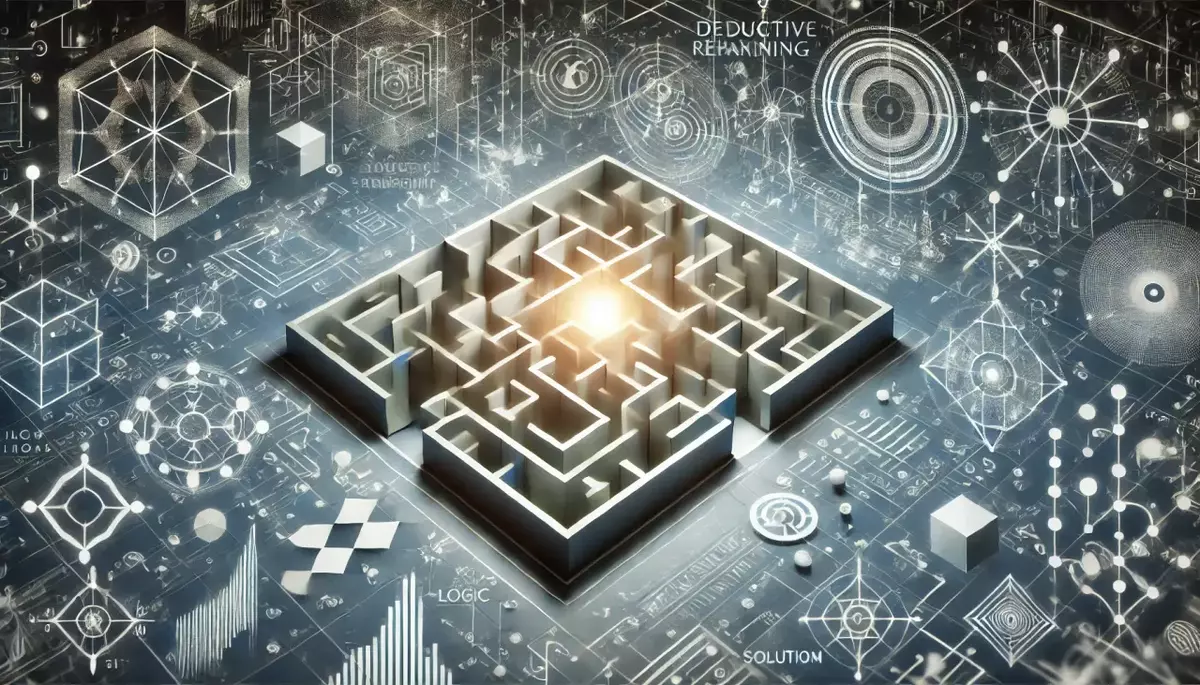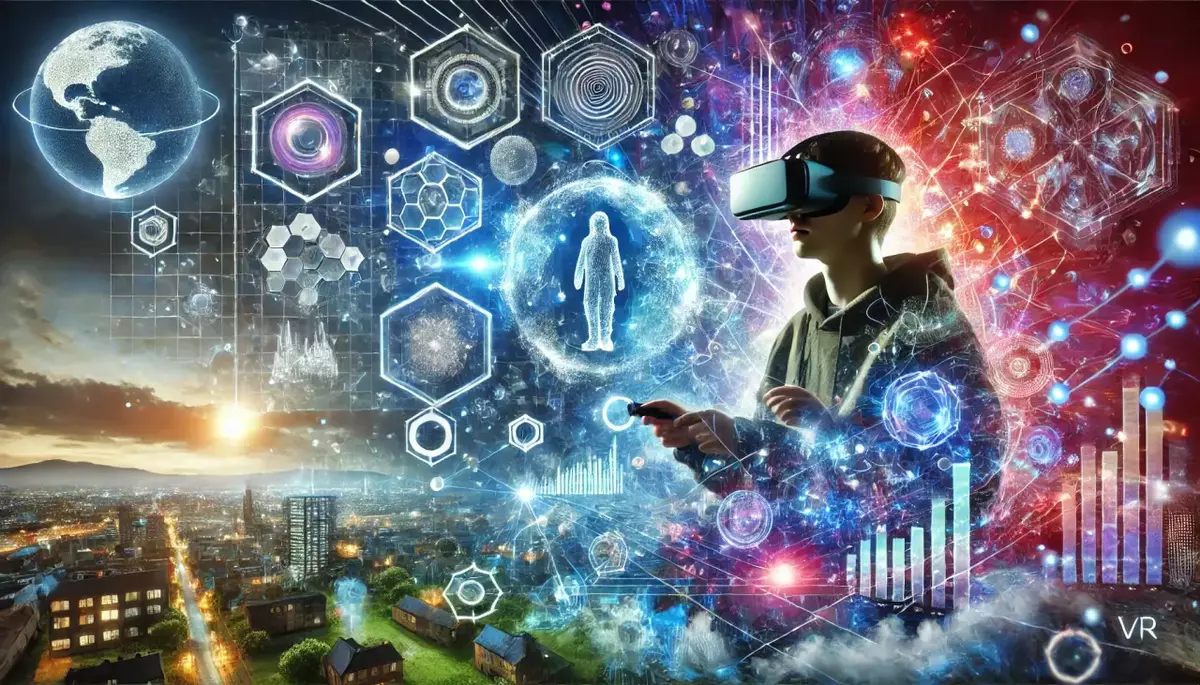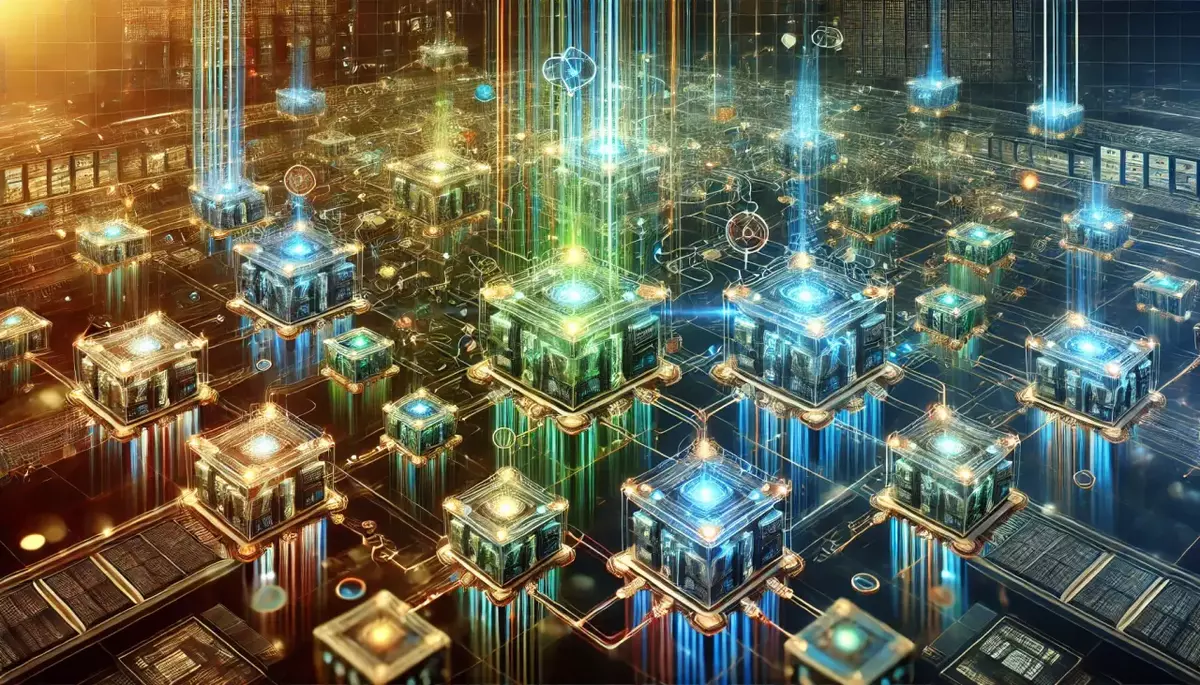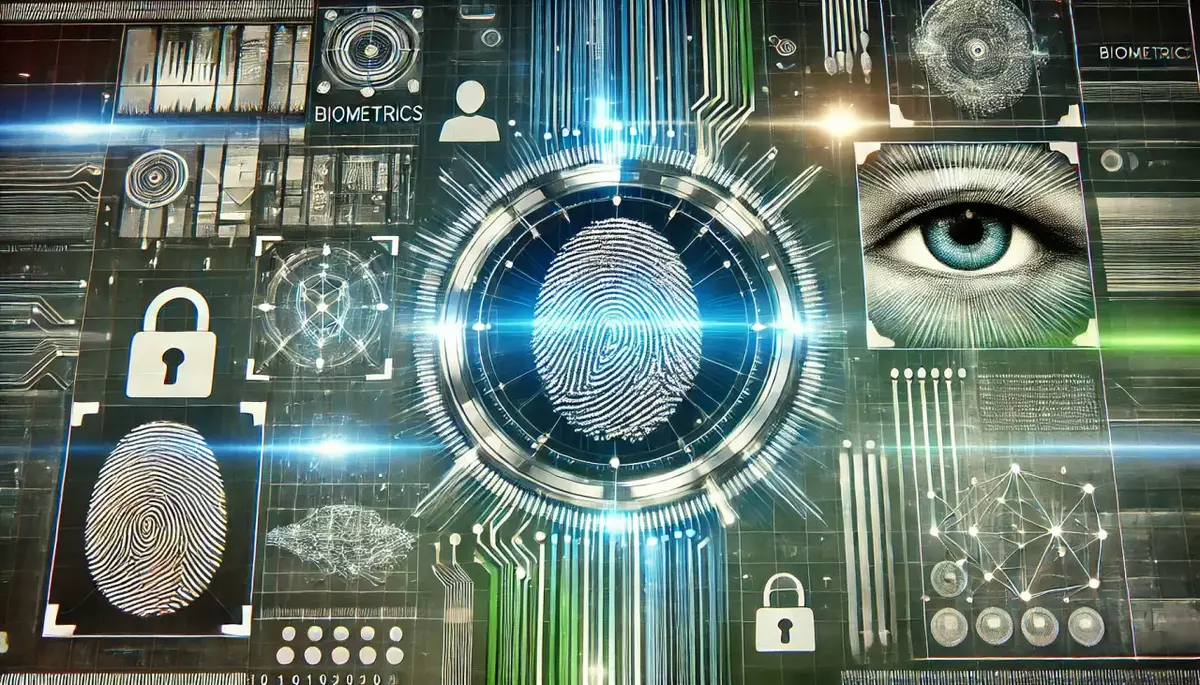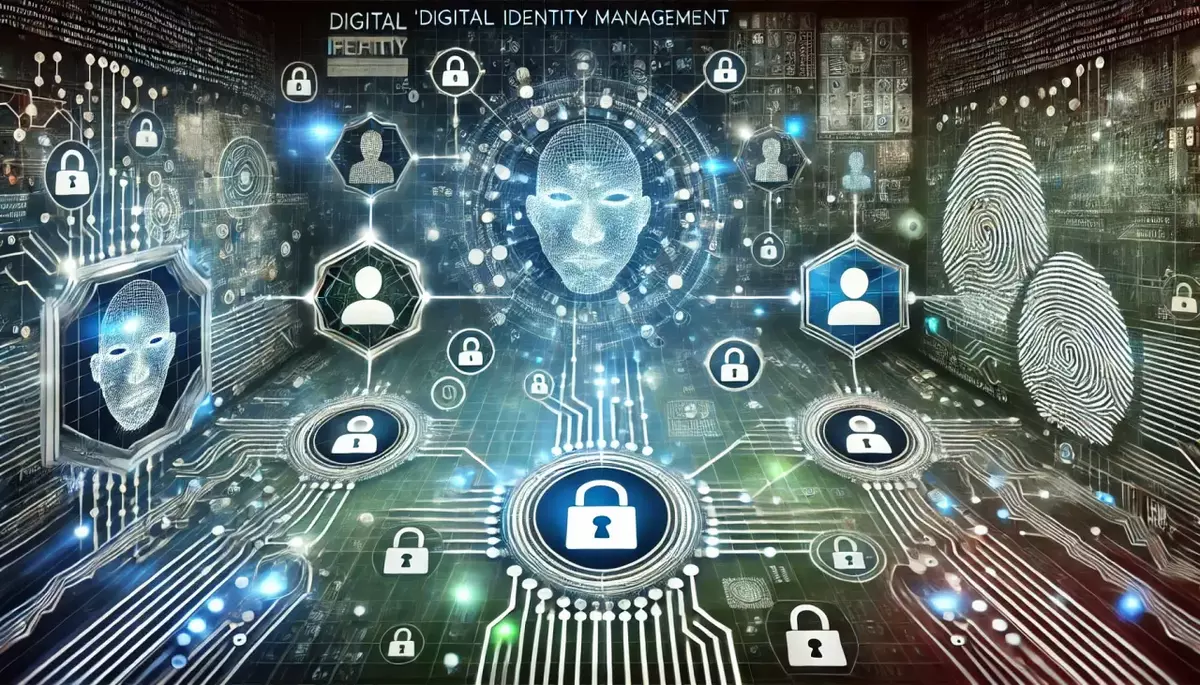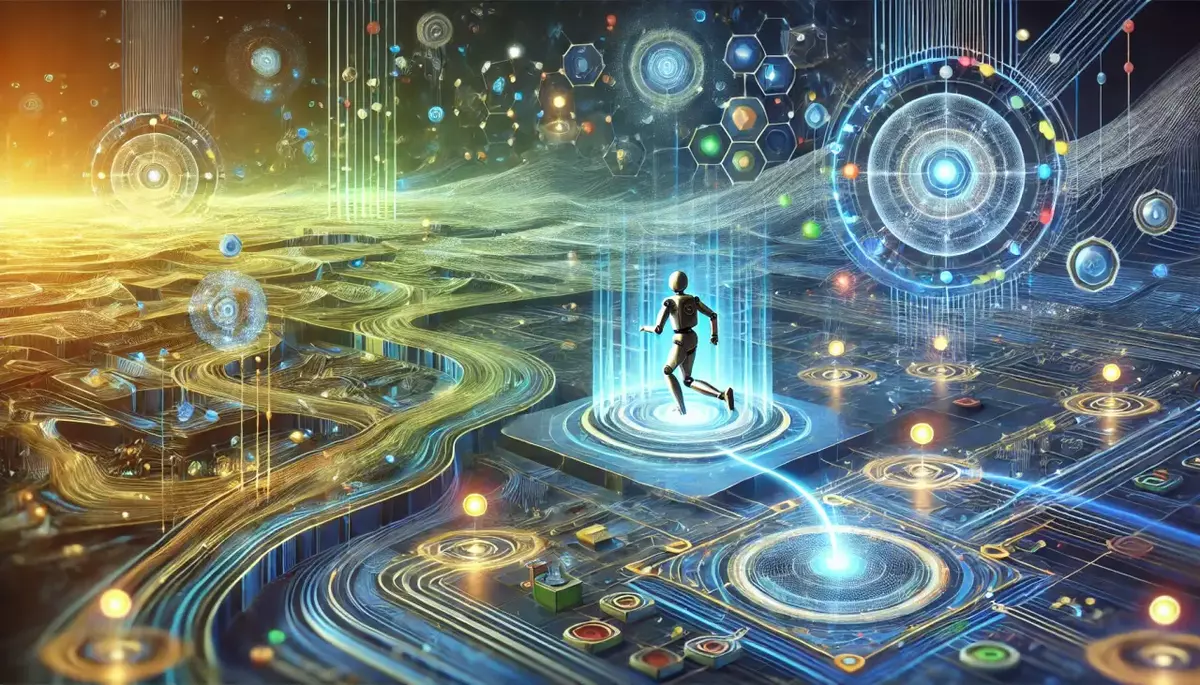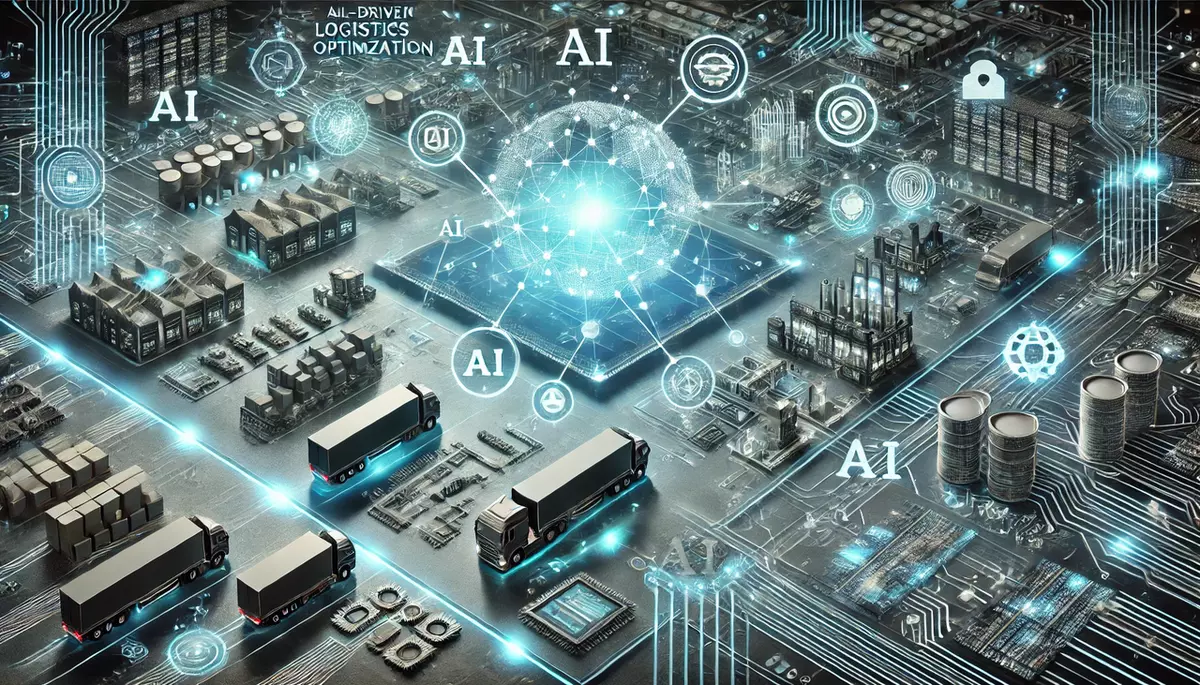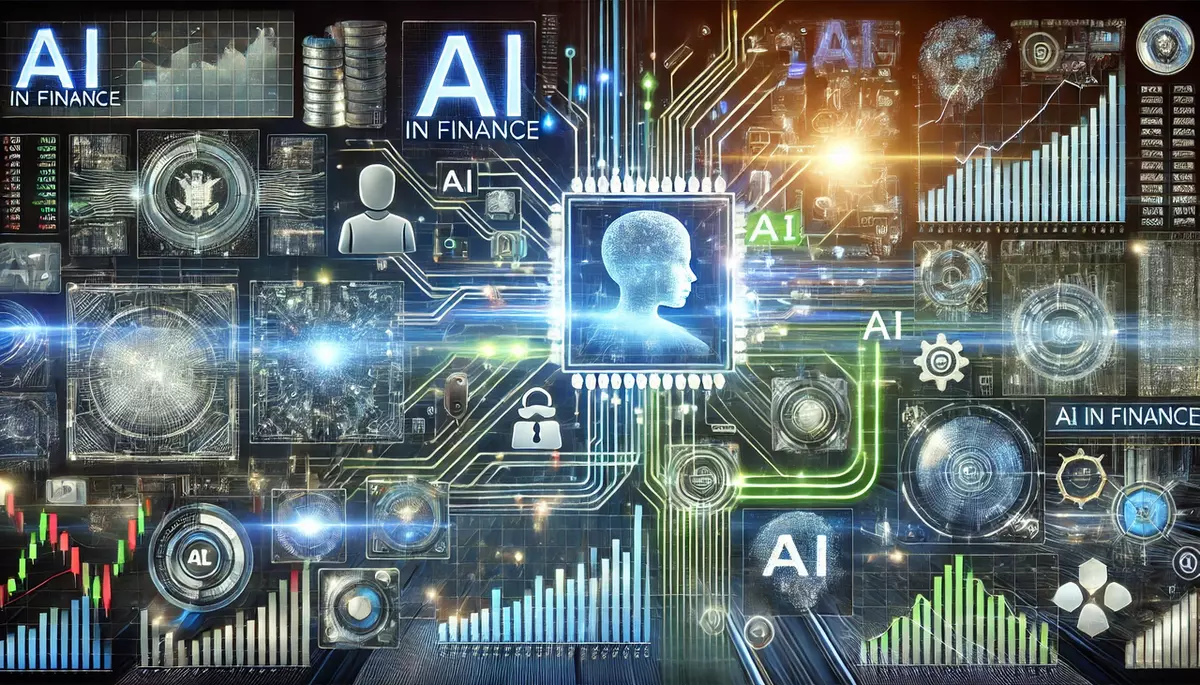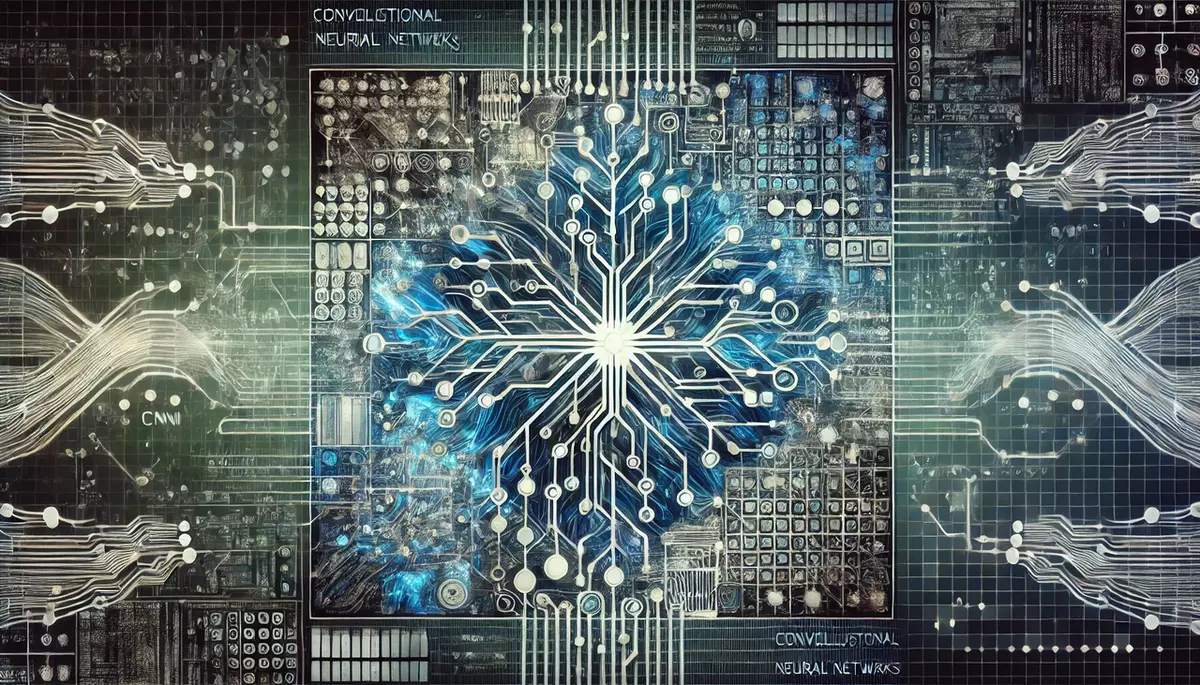Introduction
Computer vision is a field of artificial intelligence that enables computers and systems to derive meaningful information from digital images and videos. It involves the development of algorithms and techniques that allow machines to interpret and understand the visual world, much like how humans do.
What is Computer Vision?
Computer vision is the science and technology of machines that can see, identify, and process images in the same way that human vision does, and then provide appropriate output. It is a multidisciplinary field that combines elements of computer science, mathematics, physics, and biology.
Key Characteristics of Computer Vision:
- Image and Video Processing: Computer vision systems can analyze and interpret digital images and videos, extracting valuable information from them.
- Object Recognition: These systems can identify and classify objects, people, text, and other elements within an image or video.
- Scene Understanding: Computer vision can understand the context and relationships between different elements in a visual scene.
- Autonomous Decision-Making: Based on the information extracted, computer vision systems can make decisions and take actions without human intervention.
How Does Computer Vision Work?
Computer vision systems typically follow a multi-step process to analyze and interpret visual data:
The Computer Vision Process:
- Image Acquisition: The process begins with capturing digital images or videos using cameras, sensors, or other input devices.
- Image Processing: The captured images are then processed to enhance their quality, reduce noise, and prepare them for further analysis.
- Feature Extraction: Algorithms are used to identify and extract relevant features from the images, such as edges, shapes, textures, and colors.
- Object Recognition: The extracted features are then used to recognize and classify objects, people, or other elements within the images.
- Scene Understanding: The computer vision system analyzes the relationships between the recognized elements to understand the overall context and meaning of the visual scene.
- Decision-Making: Based on the understanding of the visual scene, the system can make decisions and take appropriate actions.
Example of Computer Vision Application:
One common application of computer vision is self-driving cars. These vehicles use a variety of sensors, including cameras, to perceive their surroundings. The computer vision system in the car can detect and recognize other vehicles, pedestrians, traffic signs, and road markings, and then use this information to navigate safely and autonomously.
Applications of Computer Vision
Computer vision has a wide range of applications across various industries and domains:
Healthcare:
- Medical Imaging Analysis: Analyzing medical images, such as X-rays, CT scans, and MRI scans, to assist in disease diagnosis and treatment planning.
- Surgical Robotics: Guiding robotic surgical tools during complex medical procedures.
Retail and E-commerce:
- Product Recognition: Identifying and categorizing products in online or physical retail environments.
- Automated Checkout: Enabling cashier-less checkout systems in stores by recognizing and tallying purchased items.
Transportation:
- Autonomous Vehicles: Enabling self-driving cars and other autonomous transportation systems.
- Traffic Monitoring: Analyzing traffic patterns and detecting incidents to improve transportation management.
Security and Surveillance:
- Facial Recognition: Identifying and verifying individuals based on their facial features.
- Object Detection: Detecting and tracking objects, such as suspicious packages or vehicles, in surveillance footage.
Challenges in Computer Vision
While computer vision has made significant advancements, there are still several challenges that researchers and developers are working to address:
- Variability in Visual Data: Images and videos can vary greatly in terms of lighting, angle, occlusion, and other factors, making it difficult for computer vision systems to consistently and accurately interpret the visual information.
- Computational Complexity: Analyzing and processing large amounts of visual data in real-time can be computationally intensive, requiring powerful hardware and efficient algorithms.
- Generalization and Adaptability: Developing computer vision systems that can generalize their knowledge and adapt to new, unseen scenarios is an ongoing challenge.
- Ethical Considerations: The use of computer vision, particularly in areas like facial recognition and surveillance, raises important ethical concerns around privacy, bias, and accountability.
Future Directions in Computer Vision
The field of computer vision is rapidly evolving, and researchers are exploring various avenues to advance the technology:
- Deep Learning and Neural Networks: The development of more powerful and efficient deep learning algorithms is driving significant progress in computer vision tasks, such as object detection and image classification.
- Multimodal Perception: Integrating computer vision with other sensory modalities, such as audio and touch, to create more comprehensive and robust perception systems.
- Unsupervised and Self-Supervised Learning: Developing computer vision systems that can learn and adapt without the need for extensive human-labeled training data.
- Edge Computing and Embedded Vision: Enabling computer vision capabilities on edge devices, such as smartphones and IoT sensors, to enable real-time, on-device processing and decision-making.
Conclusion
Computer vision is a rapidly evolving field that has the potential to transform a wide range of industries and applications. By enabling machines to perceive, understand, and interact with the visual world, computer vision is paving the way for more intelligent, autonomous, and efficient systems. As the technology continues to advance, we can expect to see even more innovative and impactful applications of computer vision in the years to come.
This knowledge base article is provided by Fabled Sky Research, a company dedicated to exploring and disseminating information on cutting-edge technologies. For more information, please visit our website at https://fabledsky.com/.
References
- Szeliski, Richard. “Computer Vision: Algorithms and Applications.” Springer, 2010.
- Forsyth, David A., and Jean Ponce. “Computer Vision: A Modern Approach.” Pearson, 2011.
- Goodfellow, Ian, Yoshua Bengio, and Aaron Courville. “Deep Learning.” MIT Press, 2016.
- Krizhevsky, Alex, Ilya Sutskever, and Geoffrey E. Hinton. “ImageNet Classification with Deep Convolutional Neural Networks.” Advances in Neural Information Processing Systems, 2012.
- Lecun, Yann, Yoshua Bengio, and Geoffrey Hinton. “Deep Learning.” Nature, vol. 521, no. 7553, 2015, pp. 436–444.


